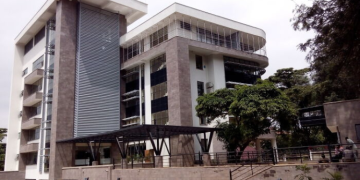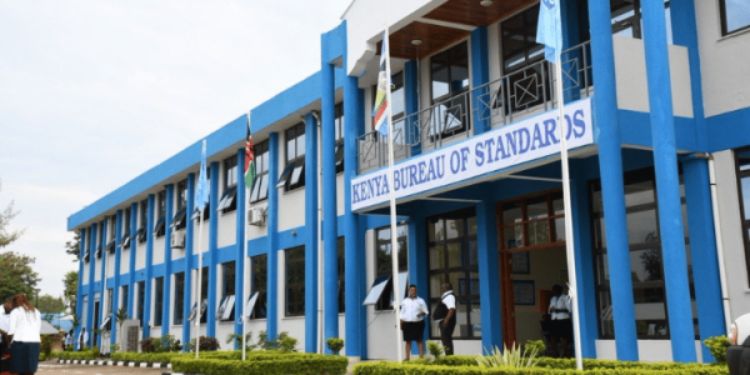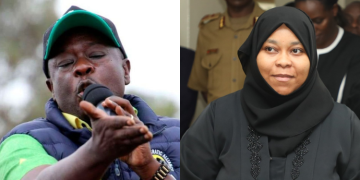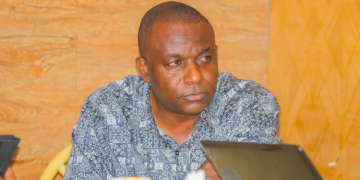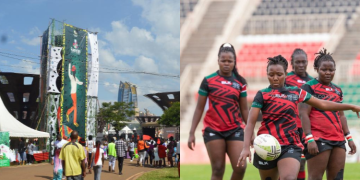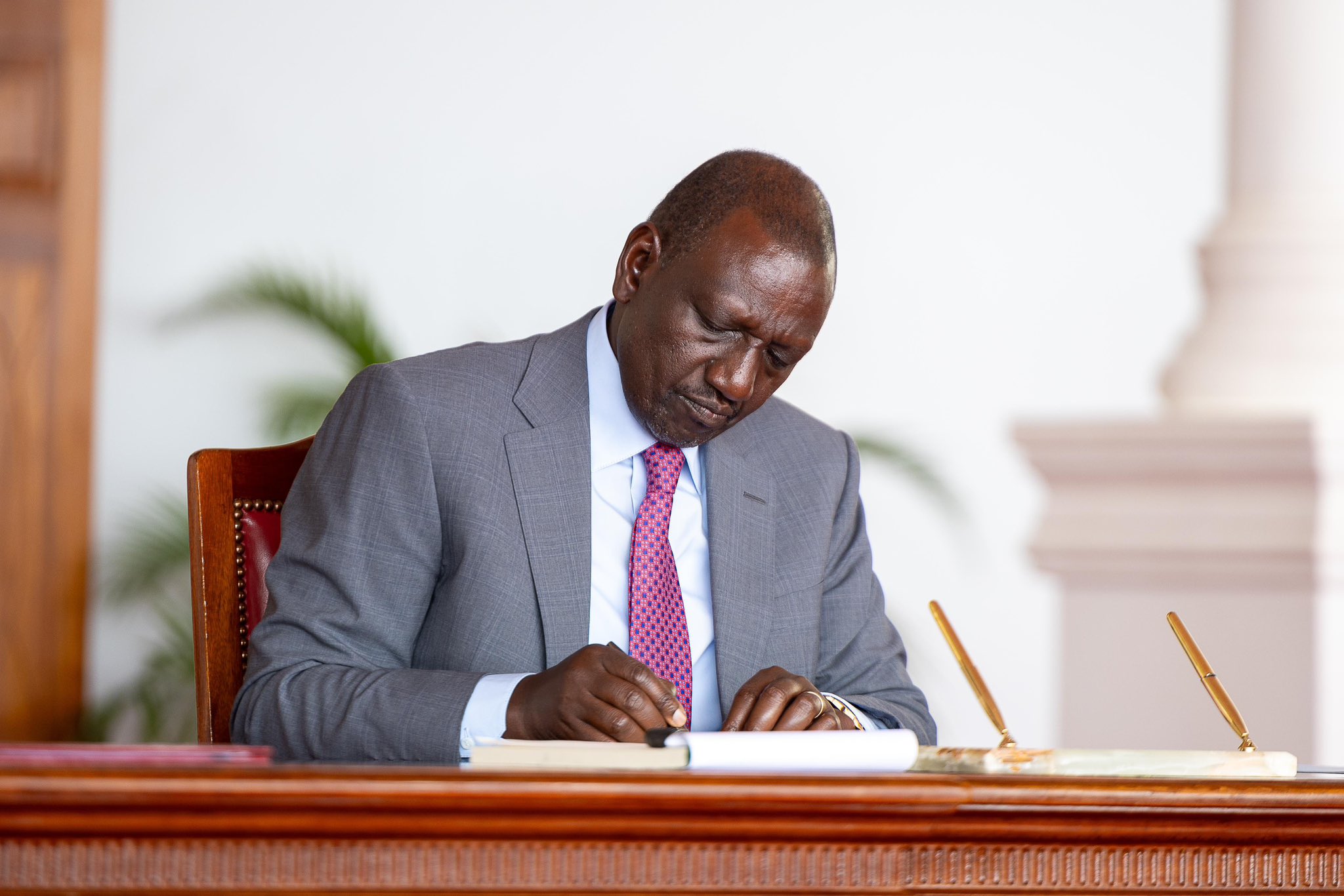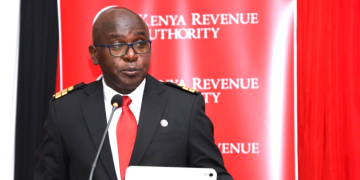The Kenya Power and Lighting Company (KPLC) was put on the spot on July 9, as members of the Public Investments Committee on Commercial Affairs and Energy interrogated the utility’s leadership over mounting financial woes, escalating power tariffs, failed energy projects, and glaring weaknesses in IT security systems.
The session at the Parliament Buildings, chaired by Pokot South MP David Pkosing, revealed that despite KPLC’s critical role in powering the country, the company is battling long-standing operational and structural challenges that continue to raise public concern.
According to the Auditor-General’s report for the financial year ending June 30, 2019, the company had current liabilities amounting to Ksh115.2 billion against assets of Ksh 44.2 billion, leaving it with a negative working capital of Ksh 71 billion.
The KPLC CEO gives explanations
KPLC Chief Executive Officer Joseph Siror blamed the financial downturn on capital-intensive projects rolled out between 2014 and 2018 under the government’s universal electrification programme and the 5,000MW power generation plan.
“Most of the funding came from medium-term commercial loans, yet the projects we undertook were long-term in nature. Delays in tariff reviews and high system losses only worsened the cash flow situation,” the CEO explained.
He said the utility had initiated a recovery plan that includes reducing system losses, securing money market facilities, enhancing debt collection, rolling out smart meters, suspending non-core capital projects and working with the Energy and Petroleum Regulatory Authority (EPRA) to review tariffs and recover Ksh 11.9 billion from the Rural Electrification Scheme.
“We’re making progress, our negative working capital has improved from Ksh 75 billion in 2020 to Ksh 27 billion in 2024. We also posted a Ksh 30 billion profit after tax as of June 2024,” Siror said.
The Committe complains to KPLC
The Committee raised alarm over weak IT controls, with the Auditor-General citing irregularities such as lax password policies, lack of activity monitoring in three of the four core systems, and unrestricted access by super-users.
“Unrestricted super-user access is a ticking time bomb. It creates room for fraud and cyber breaches. These vulnerabilities must be addressed urgently,” Pkosing warned.
The Committee also flagged irregular procurement, including a Ksh 55.9 million direct contract awarded in 2018 to an advertising agency.
Also Read: KPLC Blackout: Nationwide Power Outage Hits Kenya, Again
“This smells of vested interests. Public procurement must be competitive and transparent,” Pkosing said.
MPs expressed concern over high electricity costs and frequent blackouts as Siror defended the pricing model.
He noted that reforms had brought down power prices by Ksh 2 per unit over the past three years but cited Independent Power Producers (IPPs) as a key issue.
“These companies are owned by powerful people. We need to know who’s profiting while ordinary Kenyans suffer,” he said.
Wajir MP raises concerns
Wajir East MP, Yusuf, highlighted a diesel generator in his area that had not functioned since commissioning three years ago, yet residents continue to be billed.
KPLC admitted the project failed due to logistical issues, but MPs called it a “white elephant” and demanded accountability.
Also Read: KPLC Share Price Rises by 367% a Year After CEOs Promise
This has later been followed by the parliamentary committee summoning Energy CS Opiyo Wandayi and Treasury CS John Mbadi, who are to appear before the committee on July 10.
The two are to explain a Kshs 30B debt owed to Kenya Power. The summons come amid a wider review of power purchase agreements with Independent Power Producers (IPPs).
Follow our WhatsApp Channel and join our WhatsApp Group for real-time news updates.
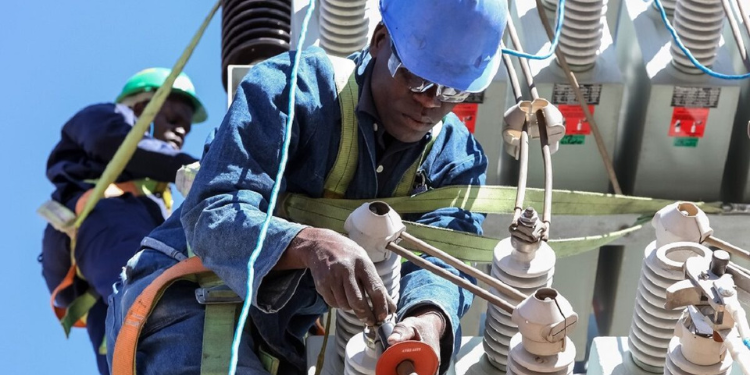







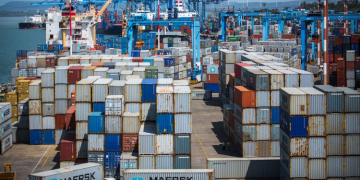
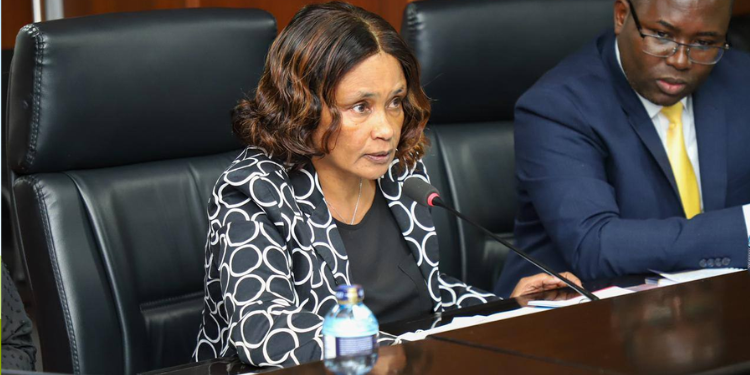

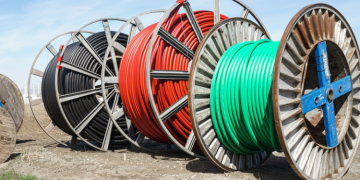
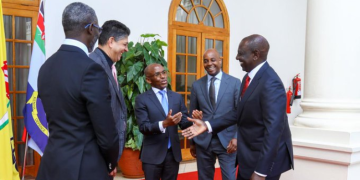


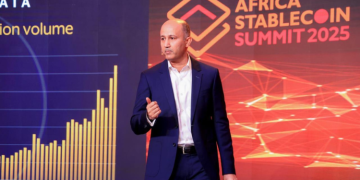



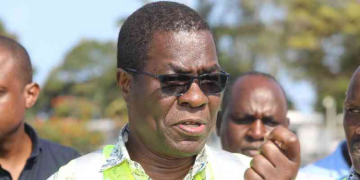

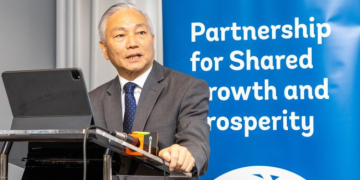
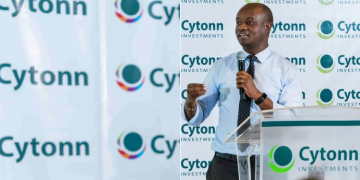
![Billions Each Top Kenyan Bank Has Made So Far In Profits This Year [List] Q3 2025 Results For Equity, Kcb, Co-Op, Absa And Other Banks]( https://thekenyatimescdn-ese7d3e7ghdnbfa9.z01.azurefd.net/prodimages/uploads/2025/11/C0-OP-KCB-Equity-Absa-360x180.png)


